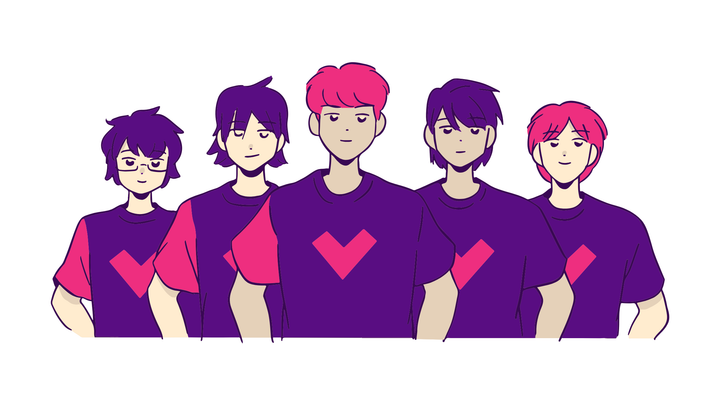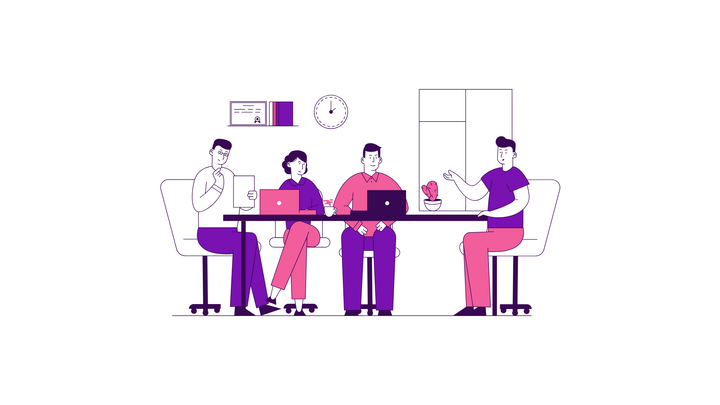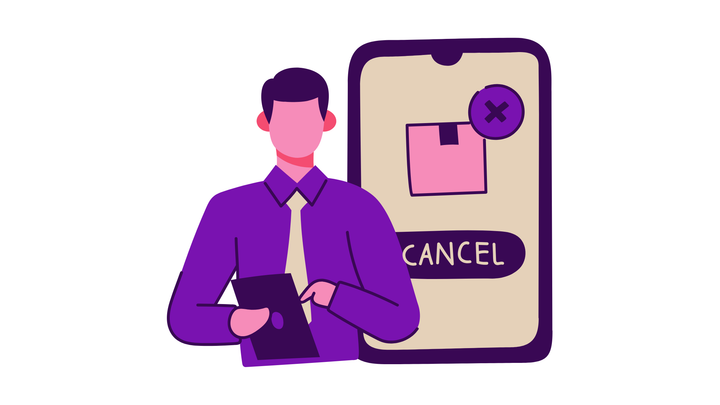What is a Design Partner in SaaS? (Your Secret Weapon for Product-Market Fit)

Ever tried building IKEA furniture without the instruction manual? That's what developing a SaaS product without design partners feels like. You might eventually get there, but you'll probably make some wrong turns, waste time, and end up with a few spare parts you're not sure about. That's why smart SaaS founders are turning to design partners before they even write their first line of code.
What is a Design Partner, Really?
Think of design partners like food critics at a restaurant's soft opening. They're not just there to eat; they're there to provide detailed feedback on everything from the menu to the plating, helping the chef perfect the experience before opening night. They have a vested interest in your success because they're facing the very problems your product aims to solve.
Why Should SaaS Companies Care?
- Reduced Risk: Validate product decisions before significant development investment
- Faster Product-Market Fit: Get real-world feedback from your actual target market
- Built-In Case Studies: Success stories from day one with referenceable customers
- Lower Customer Acquisition Costs: Turn early partners into passionate advocates
The Anatomy of a Great Design Partnership
1. Partner Selection
- Companies actively experiencing your target problem
- Stakeholders willing to commit time and resources
- Organizations representative of your ideal customer profile
- Teams open to iteration and honest feedback
2. Engagement Structure
- Regular feedback sessions and check-ins
- Clear communication channels
- Defined success metrics
- Documented learnings and iterations
3. Value Exchange
- Early access to product features
- Preferential pricing or lifetime discounts
- Direct influence on product roadmap
- Priority support and dedicated resources
4. Success Metrics
- Feature adoption rates
- Problem resolution effectiveness
- Time-to-value measurements
- Implementation feedback quality
How to Find Design Partners for Your SaaS
Finding the right design partners is like dating – you're looking for a meaningful relationship, not just a casual fling. Here's how to find your perfect match:
1. Start with Your Network
- Leverage LinkedIn connections in your target market
- Reach out to industry peers facing relevant challenges
- Tap into professional communities and forums
- Connect with participants from industry events
2. Monitor Digital Conversations
- Track industry-specific discussions on social media
- Follow relevant hashtags and topic threads
- Join specialized Slack and Discord communities
- Participate in professional LinkedIn groups
3. Look for Problem Indicators
- Companies actively discussing pain points
- Organizations evaluating competitor solutions
- Teams experiencing growth-related challenges
- Businesses investing in digital transformation
4. Create Compelling Outreach
- Focus on value proposition for partners
- Highlight exclusive benefits and incentives
- Be transparent about time commitments
- Share your vision and roadmap
5. Qualify Potential Partners
- Verify problem-solution fit
- Assess technical capabilities
- Confirm decision-making authority
- Evaluate long-term partnership potential
Common Design Partner Mistakes
1. The Wrong Fit
- Choosing partners too different from target market
- Working with companies too large or small
- Partnering with those lacking decision-making authority
- Engaging with non-committed organizations
2. Poor Expectation Management
- Unclear timelines and deliverables
- Undefined feedback mechanisms
- Ambiguous success metrics
- Unstructured communication channels
3. Insufficient Value Delivery
- Not providing enough incentives
- Failing to acknowledge partner contributions
- Ignoring feedback without explanation
- Inconsistent engagement and updates
Pro Tip 💡
Keep an eye on companies expressing frustration with your competitors' products – they often make excellent design partners. Their pain points are real, immediate, and well-understood, making them perfect candidates for helping shape a better solution. (This is exactly the kind of intelligence we help surface at Reechee!)
The Bottom Line
Design partners aren't just early customers; they're co-creators in your product's success story. While it might feel counterintuitive to show your unfinished product to potential customers, remember: it's better to learn and iterate with a few committed partners than to build in isolation and hope for the best. After all, the best products aren't built in a vacuum – they're crafted through collaboration with the very people they're designed to serve.



